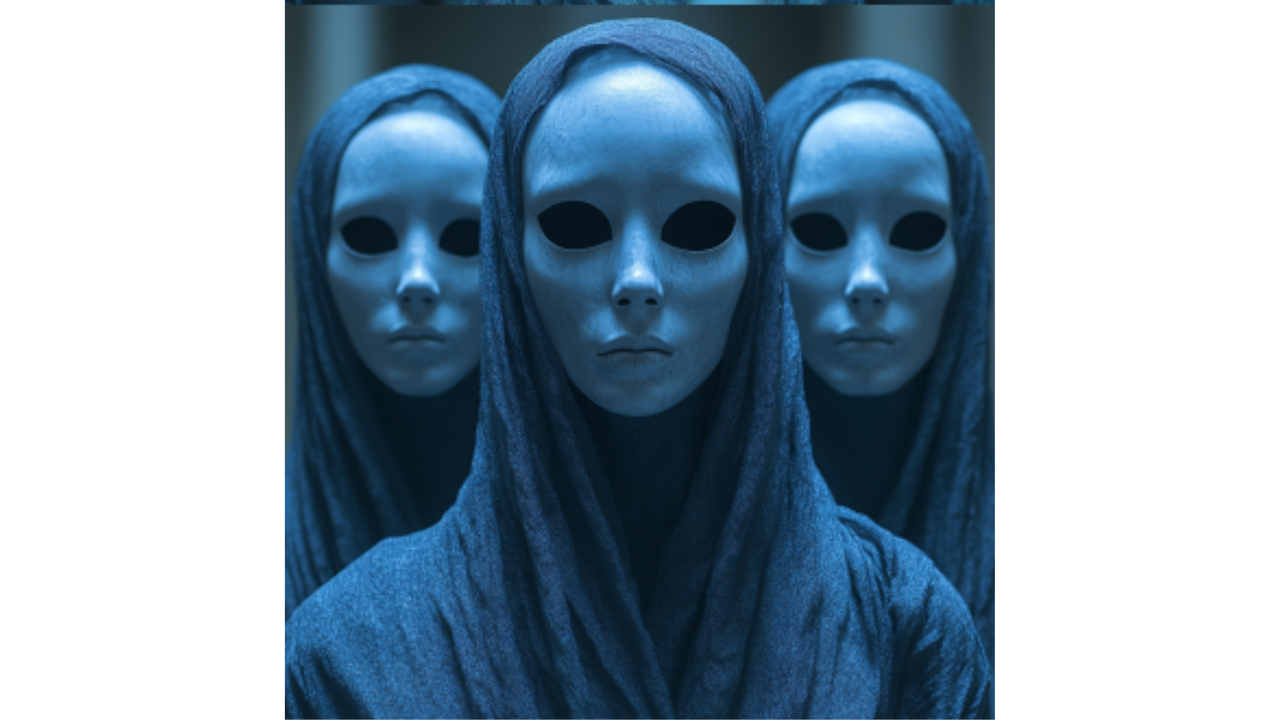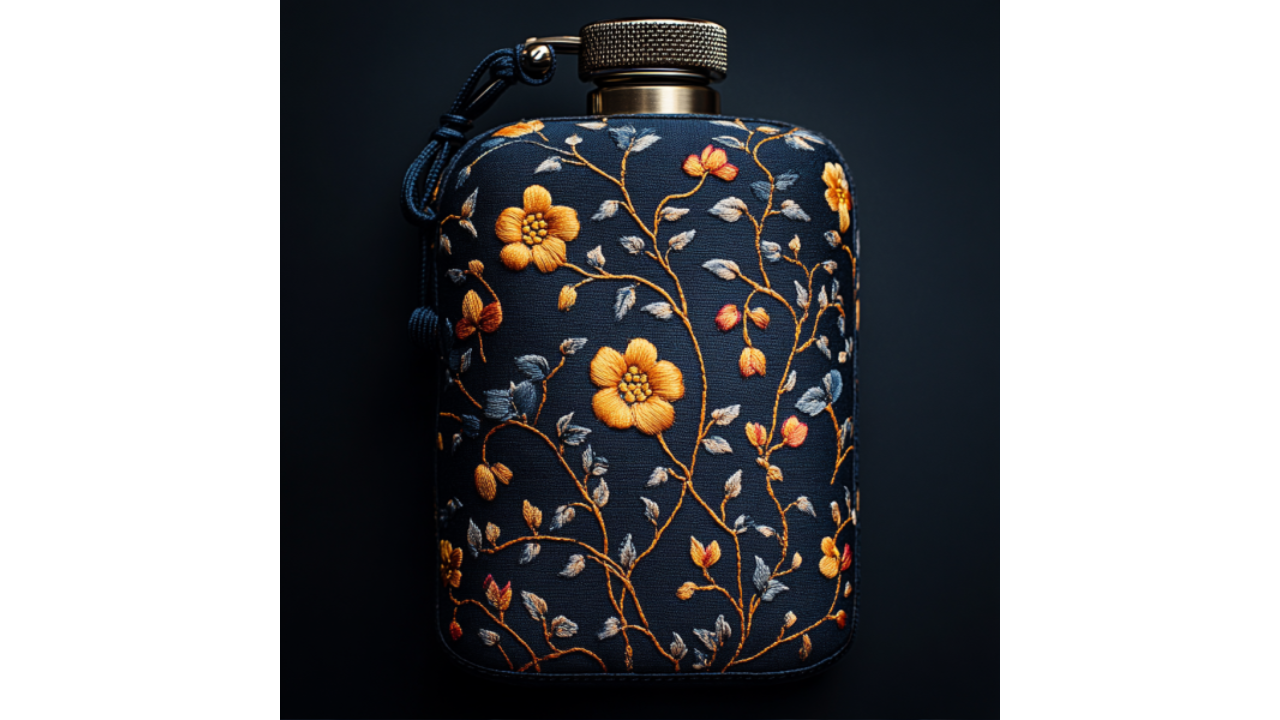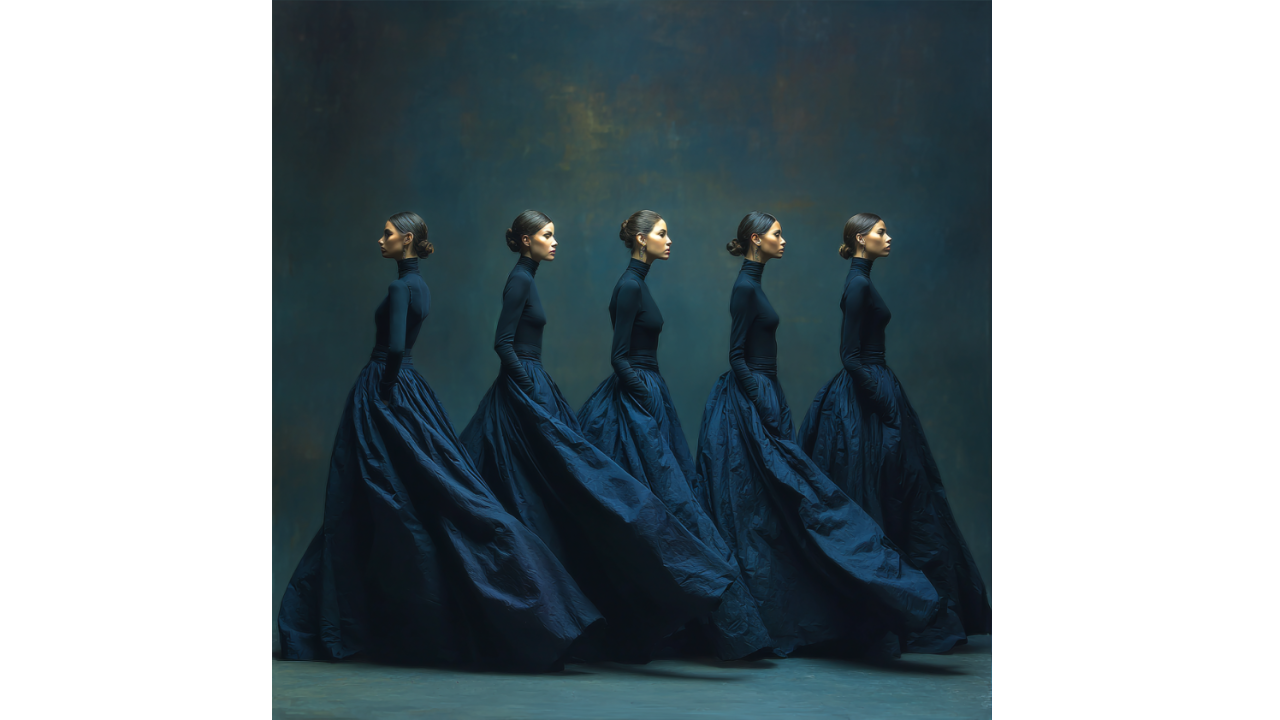The Commodification of Identity: How Marketing Shapes Self-Perception
In contemporary consumer culture, the relationship between brands and personal identity has grown increasingly complex. Far from merely selling...
5 min read
 Writing Team
:
Jul 21, 2025 8:00:00 AM
Writing Team
:
Jul 21, 2025 8:00:00 AM

Red means prosperity in China, mourning in South Africa, and danger in the West. This isn't just cultural trivia—it's the foundation of a complex semiotic system that can make or break global brand strategy. When McDonald's golden arches appear against different cultural backdrops, they're not just visual elements; they're participating in intricate networks of meaning that vary dramatically across cultural contexts.
The semiotics of color operates as a form of cultural syntax, where hues function as morphemes in a visual language system. Brands that understand this linguistic dimension of color don't just choose aesthetically pleasing palettes—they construct meaning systems that resonate authentically within specific cultural frameworks while maintaining global coherence.
Color operates as a sign system in the Saussurean sense—arbitrary relationships between signifiers (the actual colors) and signifieds (their cultural meanings) that become naturalized through repetition and social agreement. What we experience as "natural" color associations are actually learned cultural codes that vary dramatically across linguistic and cultural boundaries.
The Himba people of northern Namibia categorize colors differently than English speakers, with distinct terms for color ranges that don't map onto Western color categories. This isn't just linguistic curiosity—it demonstrates that color perception itself is culturally constructed, with profound implications for how brand colors communicate across different cultural contexts.
Japanese color terminology includes concepts like "wabi-sabi" colors—muted tones that evoke impermanence and imperfection—that don't exist in Western color discourse. When brands enter Japanese markets, they're not just adapting to different color preferences; they're entering a completely different semiotic system with its own internal logic and cultural resonances.
The digital age has complicated these semiotic systems further. RGB color spaces don't perfectly translate across different screen technologies, creating situations where brand colors literally mean different things depending on the technological context of viewing. This technological mediation of color adds another layer to the already complex cultural coding systems that global brands must navigate.
Religious traditions create some of the most powerful and persistent color coding systems in human culture. Saffron orange carries sacred significance in Buddhism and Hinduism, while purple has maintained associations with royalty and spirituality across multiple Western traditions. These religious color codes don't just influence aesthetic preferences—they create zones of cultural sensitivity that can dramatically impact brand reception.
When Pepsi entered the Southeast Asian market, their blue and red color scheme inadvertently evoked political and religious associations that created unintended cultural friction. The brand's American color semiotics—designed to evoke patriotism and energy—translated into completely different meaning systems within Buddhist and Hindu cultural contexts.
Islamic color traditions assign specific meanings to green, white, and black that influence everything from architectural design to clothing choices. Brands operating in predominantly Muslim markets must understand these color codes not as superficial preferences but as deep cultural structures that influence perception and acceptance.
The challenge for global brands lies in respecting these sacred color codes while maintaining brand identity coherence. This requires understanding not just what colors mean in different cultures, but how those meanings interact with brand values and positioning strategies.
Color functions as a primary element in national identity construction, with flag colors becoming deeply embedded in cultural consciousness. Red, white, and blue carry different political meanings in American, French, and British contexts, despite sharing the same basic color palette. These political color codes create both opportunities and constraints for global brand strategy.
When Coca-Cola's red encounters different national contexts, it activates different political and cultural associations. In countries where red signifies revolution or political resistance, the brand's color takes on meanings that may conflict with its intended commercial message. Understanding these political chromatics becomes crucial for brands operating across diverse political contexts.
The rise of nationalist movements globally has intensified the political significance of color choices. Brands that previously operated with relatively neutral color palettes now find themselves navigating increasingly politicized color environments where aesthetic choices carry unintended political implications.
Strategic color deployment in global markets requires sophisticated understanding of both historical and contemporary political color codes, as well as the ability to anticipate how these codes might shift in response to political developments.
Color psychology research reveals that emotional responses to color are both universal and culturally specific. While certain physiological responses to color appear consistent across cultures—red tends to increase arousal, blue tends to have calming effects—the cultural interpretation of these responses varies dramatically.
Warm colors may universally increase activation, but whether that activation is interpreted as exciting, threatening, or auspicious depends entirely on cultural context. This creates a complex strategic challenge for global brands: how to leverage universal color psychology while respecting culturally specific color semiotics.
The Stroop effect—where color names printed in different colors create cognitive interference—demonstrates how deeply embedded our cultural color associations become. When brands violate expected color codes, they create similar cognitive dissonance that can undermine brand effectiveness.
Recent research in cross-cultural psychology suggests that color preferences are influenced by environmental factors, cultural values, and historical experiences in ways that create distinct "color personalities" for different cultures. These color personalities function as interpretive frameworks that influence how brand colors are perceived and processed.
The digital transformation of global commerce has created new challenges for color semiotics. Screen technologies, lighting conditions, and digital compression algorithms all influence how brand colors appear to different audiences. What appears as a sophisticated navy blue on one device may appear as black on another, fundamentally altering the semiotic message.
Cultural differences in lighting preferences and screen brightness settings create additional layers of color translation challenges. Brands must account not just for cultural color codes but for the technological mediation of those codes across different digital platforms and devices.
The rise of augmented reality and virtual reality technologies introduces new possibilities for color semiotics, where brand colors can be dynamically adjusted based on cultural context or individual preferences. This technological capability requires brands to think about color not as fixed visual elements but as responsive semiotic systems.
Social media platforms have created new contexts for color semiotics, where brand colors must function effectively across different platform aesthetics and user interface designs. The meaning of a color on Instagram may differ from its meaning on LinkedIn, requiring brands to develop platform-specific color strategies.
Luxury brands operate within sophisticated color semiotic systems that communicate exclusivity, craftsmanship, and cultural capital. These luxury color codes vary dramatically across cultures, with different societies developing distinct associations between specific colors and high-status consumption.
In Western contexts, black has become associated with luxury and sophistication, while in other cultural contexts, gold or red may carry stronger luxury associations. Understanding these luxury color codes becomes crucial for brands positioning themselves in premium market segments across different cultural contexts.
The democratization of luxury through digital platforms has complicated traditional luxury color codes. Colors that once signified exclusivity may now feel accessible, requiring luxury brands to develop new color strategies that maintain status differentiation in global markets.
Traditional craftsmanship traditions often include specific color palettes that carry cultural authority and authenticity. Brands that respectfully incorporate these traditional color codes can benefit from their cultural resonance, while brands that appropriate them without understanding risk cultural backlash.
Successful global color strategy requires systematic mapping of cultural color codes across target markets, identifying both opportunities for synergy and potential areas of conflict. This mapping process must account for religious, political, historical, and contemporary cultural factors that influence color perception.
The most sophisticated global brands develop what we might call "color flexibility"—the ability to adapt color implementations while maintaining brand recognition and coherence. This might involve subtle shifts in color saturation, different color combinations, or strategic use of culturally significant accent colors.
Implementation requires understanding not just static color meanings but how those meanings change in response to cultural and political developments. Color codes that work effectively in one historical moment may become problematic as cultural contexts shift.
Ready to develop culturally intelligent color strategies for your global brand? Winsome Marketing specializes in cross-cultural brand development that respects local color codes while maintaining global coherence. Let's create color strategies that communicate authentically across cultural boundaries.

In contemporary consumer culture, the relationship between brands and personal identity has grown increasingly complex. Far from merely selling...

A strong brand is more than just a nice-to-have—it's a necessity for business success. But what exactly is a brand strategy, and why is it so...

When two people fall into conversational rhythm—finishing each other's sentences, mirroring posture, matching speaking pace—they've entered a state...